
Kod: 04562290
Virtual Art
Autor Oliver Grau
Although many people view virtual reality as a totally new phenomenon, it has its foundations in an unrecognized history of immersive images. Indeed, the search for illusionary visual space can be traced back to antiquity. In this ... więcej
- Język:
 Angielski
Angielski - Oprawa: Miękka
- Liczba stron: 430
Wydawca: MIT Press Ltd, 2004
- Więcej informacji o książce

162.22 zł
Zwykle: 211.34 zł
Oszczędzasz 49.12 zł
Dostępność:
50 % szansa Otrzymaliśmy informację, że książka może być ponownie dostępna. Na podstawie państwa zamówienia, postaramy się książkę sprowadzić w terminie do 6 tygodni. Gwarancja pełnego zwrotu pieniędzy, jeśli książka nie zostanie zabezpieczona.
Otrzymaliśmy informację, że książka może być ponownie dostępna. Na podstawie państwa zamówienia, postaramy się książkę sprowadzić w terminie do 6 tygodni. Gwarancja pełnego zwrotu pieniędzy, jeśli książka nie zostanie zabezpieczona.Przeszukamy cały świat
Zobacz książki o podobnej tematyce
-

CCNA 200-301 Official Cert Guide, Volume 1
168.57 zł -5 % -
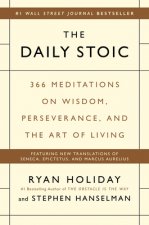
The Daily Stoic
60.28 zł -24 % -

Warren Buffett and the Interpretation of Financial Statements
48.99 zł -14 % -

The 100
48.99 zł -14 % -

Macrame for the Modern Home
61.29 zł -23 % -

Masters of Death
53.73 zł -21 % -
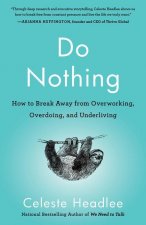
Do Nothing
48.99 zł -14 % -
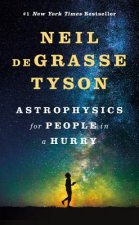
Astrophysics for People in a Hurry
81.56 zł -5 % -

Final Fantasy XIV: Heavensward - The Art of Ishgard -Stone and Steel-
168.87 zł -3 % -

King of Battle and Blood
35.18 zł -26 % -

WE HUNT THE FLAME
57.36 zł -33 % -

Challenger Sale
112.71 zł -15 % -

Tragedy and Hope
195.99 zł -

Blind Watchmaker
61.29 zł -15 % -

The Golden Tarot
71.78 zł -23 % -
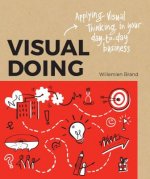
Visual Doing
88.82 zł -23 % -

Friend Zone: the most hilarious and heartbreaking romantic comedy
47.38 zł -23 % -
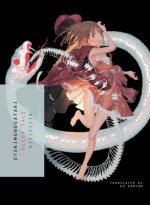
Otorimonogatari
63.01 zł -15 % -

The Checklist Manifesto
52.42 zł -15 % -

Miss Peregrine's Home For Peculiar Children: The Graphic Novel
88.01 zł -2 % -

Ascendance of a Bookworm: Part 1 Volume 1
65.83 zł -4 %
Bon podarunkowy: Radość gwarantowana
- Podaruj bon o dowolnej wartości, a my się zajmiemy resztą.
- Bon podarunkowy dotyczy całej naszej oferty.
- Możesz wydrukować elektroniczny bon z e-maila a następnie przekazać go obdarowanemu.
- Ważność bonu wynosi 12 miesięcy od daty wystawienia.
Powiadomienie o dostępności
Wpisz swój adres e-mail, aby otrzymać od nas powiadomienie,
gdy książka będzie dostępna. Proste, prawda?
Więcej informacji o Virtual Art
Za ten zakup dostaniesz 94 punkty
 Opis
Opis
Although many people view virtual reality as a totally new phenomenon, it has its foundations in an unrecognized history of immersive images. Indeed, the search for illusionary visual space can be traced back to antiquity. In this book, Oliver Grau shows how virtual art fits into the art history of illusion and immersion. He describes the metamorphosis of the concepts of art and the image and relates those concepts to interactive art, interface design, agents, telepresence, and image evolution. Grau retells art history as media history, helping us to understand the phenomenon of virtual reality beyond the hype.Grau shows how each epoch used the technical means available to produce maximum illusion. He discusses frescoes such as those in the Villa dei Misteri in Pompeii and the gardens of the Villa Livia near Primaporta, Renaissance and Baroque illusion spaces, and panoramas, which were the most developed form of illusion achieved through traditional methods of painting and the mass image medium before film. Through a detailed analysis of perhaps the most important German panorama, Anton von Werner's 1883 The Battle of Sedan, Grau shows how immersion produced emotional responses. He traces immersive cinema through Cinerama, Sensorama, Expanded Cinema, 3-D, Omnimax and IMAX, and the head mounted display with its military origins. He also examines those characteristics of virtual reality that distinguish it from earlier forms of illusionary art. His analysis draws on the work of contemporary artists and groups ART+COM, Maurice Benayoun, Charlotte Davies, Monika Fleischmann, Ken Goldberg, Agnes Hegedues, Eduardo Kac, Knowbotic Research, Laurent Mignonneau, Michael Naimark, Simon Penny, Daniela Plewe, Paul Sermon, Jeffrey Shaw, Karl Sims, Christa Sommerer, and Wolfgang Strauss. Grau offers not just a history of illusionary space but also a theoretical framework for analyzing its phenomenologies, functions, and strategies throughout history and into the future.
 Szczegóły książki
Szczegóły książki
Kategoria Książki po angielsku The arts History of art / art & design styles
162.22 zł
- Pełny tytuł: Virtual Art
- Podtytuł: From Illusion to Immersion
- Autor: Oliver Grau
- Język:
 Angielski
Angielski - Oprawa: Miękka
- Liczba stron: 430
- EAN: 9780262572231
- ISBN: 0262572230
- ID: 04562290
- Wydawca: MIT Press Ltd
- Waga: 620 g
- Wymiary: 228 × 173 × 24 mm
- Data wydania: 17. September 2004
Ulubione w innej kategorii
-
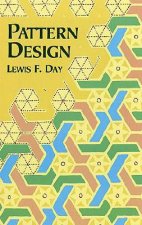
Pattern Design
73.49 zł -4 % -
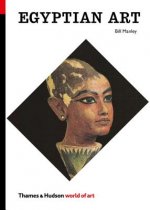
Egyptian Art
60.99 zł -23 % -
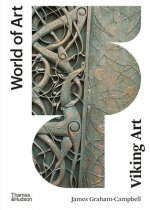
Viking Art
70.47 zł -23 % -
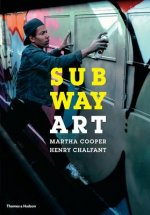
Subway Art
88.82 zł -23 % -

The Secret Lives of Color
97.79 zł -4 % -
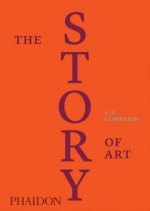
Story of Art, Luxury Edition
325.75 zł -5 % -

Hands
57.36 zł -5 % -
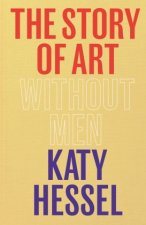
Story of Art without Men
135.90 zł -14 % -
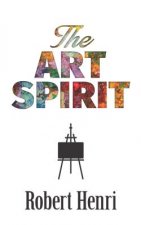
Art Spirit
57.36 zł -5 % -
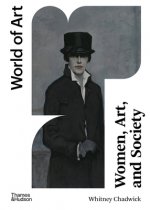
Women, Art, and Society
125.72 zł -4 % -

Art Book
111.20 zł -10 % -

Museum Age in Austria-Hungary
555.53 zł -

Sister Wendy's 100 Best-loved Paintings
125.62 zł -23 % -

Great Women Artists
201.24 zł -5 % -

Anatomy of Viking Art
77.83 zł -5 % -
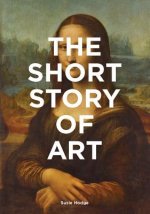
The Short Story of Art
85.69 zł -5 % -
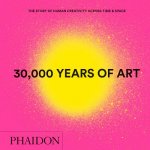
30,000 Years of Art
121.99 zł -4 % -
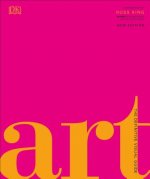
Art: The Definitive Visual Guide
273.53 zł -
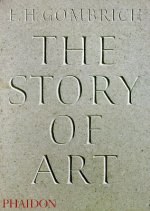
The Story of Art
205.67 zł -4 % -

World History of Art, Revised 7th ed.
208.09 zł -23 % -
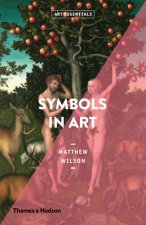
Symbols in Art
61.19 zł -23 % -

History of Pictures
93.15 zł -23 % -
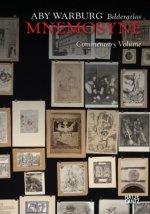
Aby WarburgThe Bilderatlas Mnemosyne - Commentary Volume
230.27 zł -3 % -
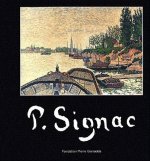
Paul Signac
226.64 zł -

Yellow
165.64 zł -5 % -
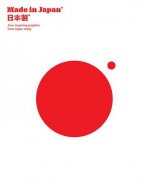
Made in Japan
168.16 zł -10 % -

Art Nouveau Ornamentation
86.40 zł -23 % -
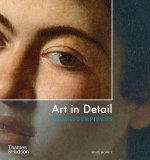
Art in Detail
116.34 zł -23 % -
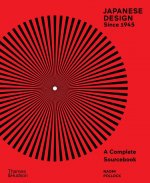
Japanese Design Since 1945
231.79 zł -23 % -

Divided Soul
88.62 zł -11 % -
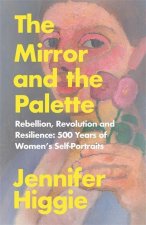
Mirror and the Palette
52.42 zł -15 % -

Greek Myths
143.16 zł -
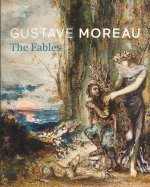
Gustave Moreau
198.11 zł -5 % -

Treasury of Audubon Birds
97.79 zł -23 % -

Victorian All Over Patterns for Artists and Designers
53.63 zł -4 % -
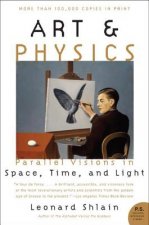
Art & Physics
73.69 zł -5 % -

Collector's Guide to Peasant Silver Buttons
100.01 zł -
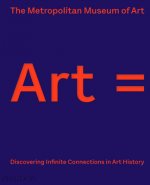
Art =
305.79 zł -5 % -
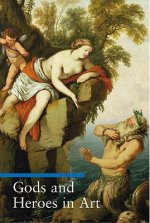
Gods and Heroes in Art
109.79 zł -
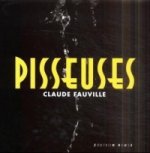
Pisseuses
362.35 zł -9 % -

Pictures and Tears
223.22 zł -
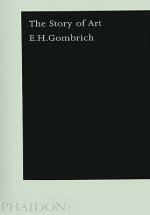
The Story of Art
117.15 zł -

Art History: A Very Short Introduction
42.74 zł -23 % -

Islamic Design Workbook
70.47 zł -23 % -

Treasury of Flower Designs for Artists, Embroiderers and Craftsmen
36.09 zł -23 % -

Art & Queer Culture
166.65 zł -

Beyond Faberge: Imperial Russian Jewelry
352.37 zł -15 % -

Victorian Floral Illustrations
65.63 zł -4 % -
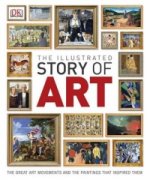
Illustrated Story of Art
242.57 zł
zadowolonych klientów
Od roku 2008 obsłużyliśmy wielu miłośników książek, ale dla nas każdy był tym wyjątkowym.
Copyright! ©2008-24 libristo.pl Wszelkie prawa zastrzeżonePrywatnieCookies


 21 milionów książek
21 milionów książek Dostawa 10.99 zł
Dostawa 10.99 zł (32) 444 93 66 (8-15.30h)
(32) 444 93 66 (8-15.30h)